In part 1 of the series, we looked at the Anabolic Diet’s low carbohydrate, ketogenic weekday phase. We discussed the general premises of the diet, and I explained the modifications that I would make in order to make the diet more effective for body composition changes and much healthier in the long-term. In part 2, we will examine everyone’s favorite part of the diet- the weekend carb load. We will examine the potential shortcomings of the original plan, the most common pitfalls in the carb load and how to avoid them, and I will provide a more detailed and targeted plan to accomplish the goals of the carb load which, in my opinion, will provide both superior body composition results and a better overall health profile for the dieter.
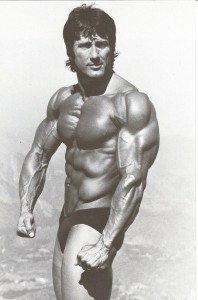 As we discussed in part 1, the biggest issue with Dr. Dipasquale’s original recommendations are again lack of specificity and quality. This problem gets compounded on the weekend carb load, due to the much higher amount of food and the very pronounced hormonal response that the weekend foods illicit. In fact, far from being the gluttonous period of gastronomic debauchery that so many Anabolic Diet practitioners see it as, the weekend phase is actually quite hormonally and biochemically complex. What was originally marketed as “anything you want for 36-48 hours is really best broken down into three distinct phases which correspond to the body’s continually changing hormonal environment in response to the weekend foods. In order to really get the most out of the Anabolic Diet in physique development, careful attention should be paid to these phases. I will break down each phase, explain what you need to eat in the phase, why, and how long it needs to be. We will then put it together for a comprehensive overview of the weekend.
As we discussed in part 1, the biggest issue with Dr. Dipasquale’s original recommendations are again lack of specificity and quality. This problem gets compounded on the weekend carb load, due to the much higher amount of food and the very pronounced hormonal response that the weekend foods illicit. In fact, far from being the gluttonous period of gastronomic debauchery that so many Anabolic Diet practitioners see it as, the weekend phase is actually quite hormonally and biochemically complex. What was originally marketed as “anything you want for 36-48 hours is really best broken down into three distinct phases which correspond to the body’s continually changing hormonal environment in response to the weekend foods. In order to really get the most out of the Anabolic Diet in physique development, careful attention should be paid to these phases. I will break down each phase, explain what you need to eat in the phase, why, and how long it needs to be. We will then put it together for a comprehensive overview of the weekend.
Phase 1
If there is a period that most closely resembles the original Anabolic Diet’s weekend recommendations, it is the period I call Phase 1. In this phase, your body has the most favorable hormonal and biochemical environment possible for utilization of carbohydrate. This is entirely due to the previous five days of low-carbohydrate, high- fat eating and training. These days:
- Exhaust hepatic and muscular glycogen stores
- Potentiate GLUT4 receptor activity
- Stimulate AKT2 activity
Basically the body is almost out of immediately-usable energy stores, and it knows it. Since being low on energy is generally bad for surviving things which may arise, there is a compensation which takes place. The body gets exceptionally efficient at up-taking glucose from the bloodstream. Conversely, the environment for fat storage and converting glucose into triglyceride is very poor. Enzymes such as lipoprotein lipase, which is responsible for the uptake of triglyceride into the fat cells, are down-regulated. The liver is also in “storage mode”. The various enzymes which convert sugars into triglyceride are inhibited, while the enzymes responsible for glycogenolysis and storage are activated and hyper-sensitive. This “perfect storm” of biochemistry is what enables the consumption of all manner of junk food on the diet without adversely affecting the physique. Nothing is really off-limits in this period, even the dreaded high fructose corn syrup. In fact, this is the one time where fructose can serve a useful purpose as it is extremely efficient at replenishing liver glycogen in while the body is in this depleted state. Unfortunately this little phase doesn’t last forever, in fact it doesn’t last very long at all. All of these phases are very transient, and the physiological environment begins changing in response to the high levels of sugar immediately. Once you take that first bite of whatever decadent, sinful food you decide to eat first on your carb load, the clock starts. So the big question is….how long does it last? The answer is very individualized, but in general a person with normal body fat levels and normal insulin resistance will last about 6 hours in this phase before conditions change. The better shape you are in, the longer the phase 1 environment can last. Some elite athletes and bodybuilders can stay in phase 1 for an entire 24 hour period.
 Even for the elite though, there comes a time when phase 1 ends. It is then time to begin thinking again before you shove that food in your pie-hole. For purposes of rapid fat loss, for those who are not in great shape and are just beginning this type of diet, and for those who have very poor insulin sensitivity and/or borderline diabetic phase 1 may be all that can be handled for the weekly carb load. The hormonal environment, insulin sensitivity, and intracellular glycogen stores are just not great enough yet to handle more than that. After a period of time on the diet this will change for the better and allow the individual to improve his baseline insulin sensitivity and to move on to phase two, where the majority of glycogen supercompensation takes place.
Even for the elite though, there comes a time when phase 1 ends. It is then time to begin thinking again before you shove that food in your pie-hole. For purposes of rapid fat loss, for those who are not in great shape and are just beginning this type of diet, and for those who have very poor insulin sensitivity and/or borderline diabetic phase 1 may be all that can be handled for the weekly carb load. The hormonal environment, insulin sensitivity, and intracellular glycogen stores are just not great enough yet to handle more than that. After a period of time on the diet this will change for the better and allow the individual to improve his baseline insulin sensitivity and to move on to phase two, where the majority of glycogen supercompensation takes place.
Phase 2
After you have driven back home from Dairy Queen and called an end to phase 1, an assessment of what is going on in your body is warranted. You now have a high to very high level of circulating insulin, while simultaneously continuing to hold on to good insulin sensitivity. This is a very advantageous phase for those who look to increase muscle mass on this diet. In fact this phase is essential of if the the greatest amount of muscle mass and performance is an objective. Due to the full liver however, special consideration must be taken when selecting the carbohydrate sources in this phase. This is essentially where I diverge from Dipasquale’s recommendations. Whereas he would have you eating pizza and ice cream the rest of the carb load, I believe in turning attention to the quality of carbohydrate in order to produce the most effective glycogen super-compensation in the skeletal muscle. We also need to keep one eye on our long term health as well. While a six hour free-for-all sounds unhealthy, I doubt that there are any long term health consequences to such an eating pattern. The total weekly time is simply too low and the calories which are able to be ingested too small a percentage of the weekly calories to make a difference. Once we get into phase 2, the period starts stretching into a day-long affair and the implications are greater for poor food choices.
Recommendations for the carbohydrate source in this phase are for predominantly long chain amylopectin and amylose-containing foods. Rice (white or brown), potatoes, pastas, oats are all fine choices. The key in carbohydrate selection in this phase is the elimination of fructose-containing carbohydrates. Why? Well, that has to do with our biological processing of fructose. Essentially, fructose cannot participate in glycogen loading when the liver is full of glycogen. It is 100% metabolized by the liver, and in this scenario the vast majority of fructose will be converted into triglyceride. This is not what we want or need in any phase of our dieting life, and we certainly don’t want to be eating a large portion of our carbohydrate during a carbohydrate load which cannot participate in making glycogen. The length of phase two can certainly vary based on all of the individual physiological differences that we talked about with phase 1.
 I generally recommend phase 2 at that way. roughly twice as long as phase 1. In the scenario of the typical dieter mentioned above, this would be a 12 hour phase. Those with exceptional physiology could extend this though. Phase 2 accomplishes the real leg work of the carbohydrate load on the Anabolic Diet. Once completed, glycogen stores should very well be close to topped off. Some people will say that, once this happens, you should go immediately back to low-carbohydrate eating. This is certainly one way to do it, and there may be some positives to doing it that way. I have found through experimentation that a phase 3, or “transition” provides an even greater glycogen supercompensation while making the transition back to ketosis easier on Sunday and Monday.
I generally recommend phase 2 at that way. roughly twice as long as phase 1. In the scenario of the typical dieter mentioned above, this would be a 12 hour phase. Those with exceptional physiology could extend this though. Phase 2 accomplishes the real leg work of the carbohydrate load on the Anabolic Diet. Once completed, glycogen stores should very well be close to topped off. Some people will say that, once this happens, you should go immediately back to low-carbohydrate eating. This is certainly one way to do it, and there may be some positives to doing it that way. I have found through experimentation that a phase 3, or “transition” provides an even greater glycogen supercompensation while making the transition back to ketosis easier on Sunday and Monday.
Phase 3
The purpose of phase 3 is two-fold; to provide additional carbohydrates in order to complete the super-compensation and to provide slightly more dietary fat back in to the diet in order to transition back into a “fat-fuel” metabolism. This phase is short- it is comprised of two meals over roughly 4-6 hours. For carbohydrate sources, complex carbohydrate with lots of dietary fiber is the goal. This is the time for Ezekiel-type breads, steel-cut oats, quinoa, and similar foods. High dietary fiber will limit absorption and coupled with the dietary fat slow gastric emptying. This provides a perfect “bridge” back to low-carb land. We are essentially tapering off of carbohydrate (and thus insulin), treating it as the powerful pharmacological substance that it is.
Putting it All Together
So, how does it all fit together in the real world? And the larger question, is DIpasquale’s diet most attractive trait, its livability, preserved? Let’s look at it in totality. Instead of the 36-48 hour free-for-all we have:
- 6 hour “free-for-all”
- 12-18 hour glycogen supercompensation period
- 4-6 hour transition
How does this translate into “livability”? Well, let us assume you go start the weekend at dinnertime on Friday night. Friday night will be the “hang out” night. You can go to the ice cream social at the local senior living center, go out with the guys for some drinks, eat your corn dog and cotton candy at the fair. Do whatever you feel like doing, whenever you feel like doing it. You then stumble home with an insulin hangover and go to bed. Getting up the next day, its whole wheat waffles, French toast, rice krispies for breakfast, a trip to the sushi buffet for lunch, and spaghetti for dinner on date night. And as day turns into evening, eat a couple of smaller meals before bed for your phase 3. Things like a small bowl of oatmeal with peanut butter, Ezekiel toast with bacon and eggs would fit the bill.
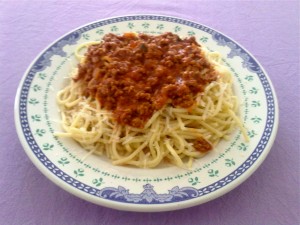
Conclusion
So that’s the weekend. Hopefully I have stimulated you to think a little deeper in regards to carbohydrate type, frequency, and duration. In part 3, we will wrap things up looking at supplementation and tying the entire diet into a comprehensive training system which takes full advantage of the Anabolic Diet’s cyclical properties.

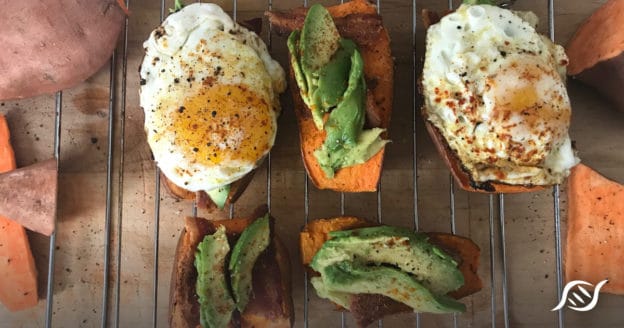
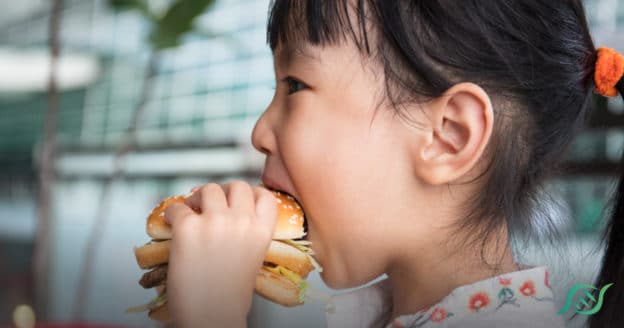
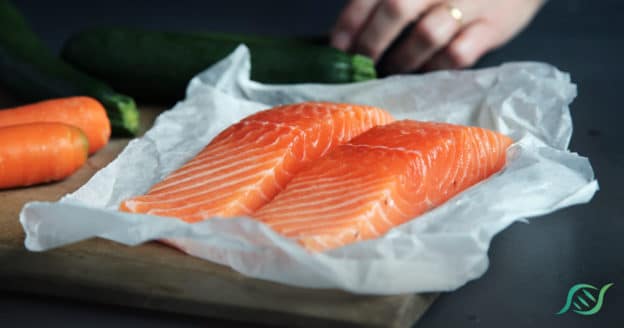
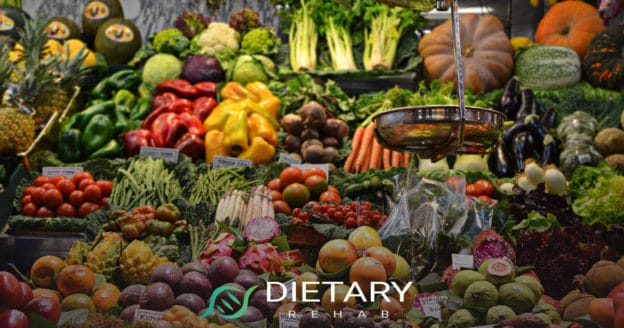
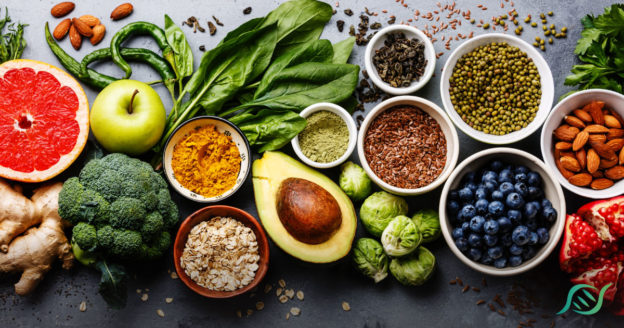
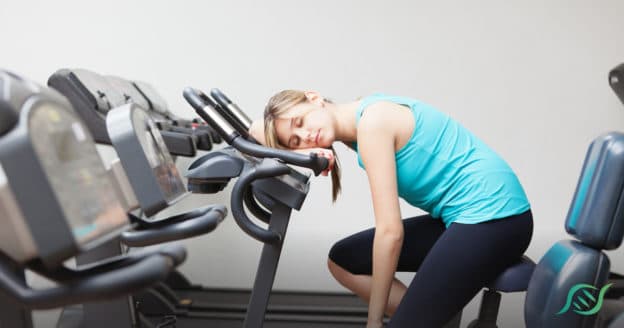
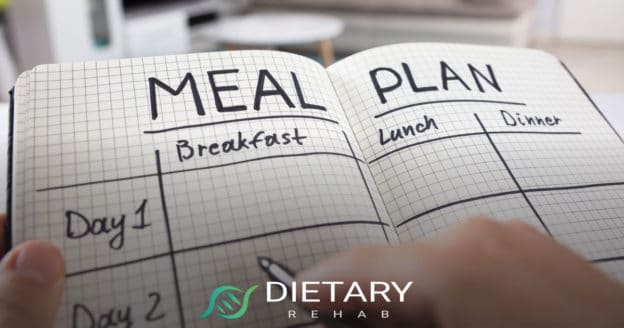
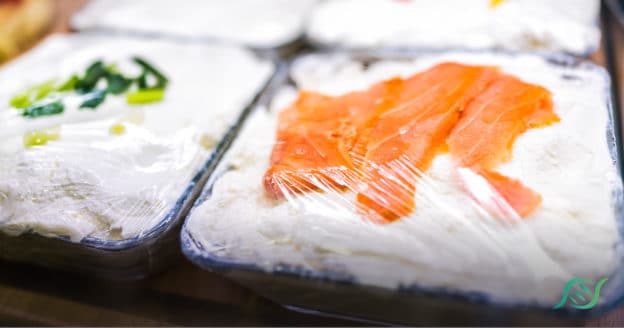

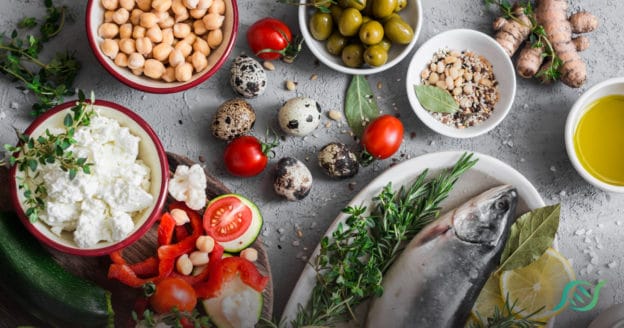

Great! Was waiting for a long time for part 2 hahaha..
So on my carb day after like 6 hours i should not consume any fruits? From the start i kept my carb day at 1 day only and stopped eating to much crap after feeling bloated. Last 2 carb days for example were great, didn’t feel bloated and kept it clean except for this nice italian pizza (living in italy now for 3 years). I take some supplements after training ( 6 days a week). Whey isolate,bcaa 10grams plus glutamine 10 grams,creatine. I do feel this lifestyle is getting a little boring so i’ll try to switch things up and maybe looking to add a carb meal on midweek. 1 Question: My wife is doing Atkins for like 5 or 6 weeks and she is starting to feel weak and having chest pain with anxiety. She is taking everything she needs to , baking soda,vitamines,fish.fish oil. I advised her to stop after some reading but she has a hard time accepting it. She and we never did any medical check ups neither. Any thougts?
Correct. Avoid fructose and sucrose- dominant foods after phase 1. In regards to your wife, anxiety can and does cause chest pain symptoms. The Atkins Diet would certainly not be the cause of her chest pain. Not knowing her situation, I would seek medical attention just in case.
Thanks Matt, the article was worth the wait. What is your opinion on cykling your calories throughout the week?
Let’s say I’m shooting for a recomp and my weekly calorie needs come out to 21000. Would it be beneficial to eat 3500 kcal on the days I train (4 days) and keep the calories lower (2500) on the remaining 3 restdays?
Is the amount of fructose consumed in the 6 hour window not an issue at all? I carb up using mostly “Paleo” approved carb sources. Would it be too much to include a pound of bananas, 1/4 cup of honey, and a half cup of organic ketchup in my carb up as the only sources of fructose?